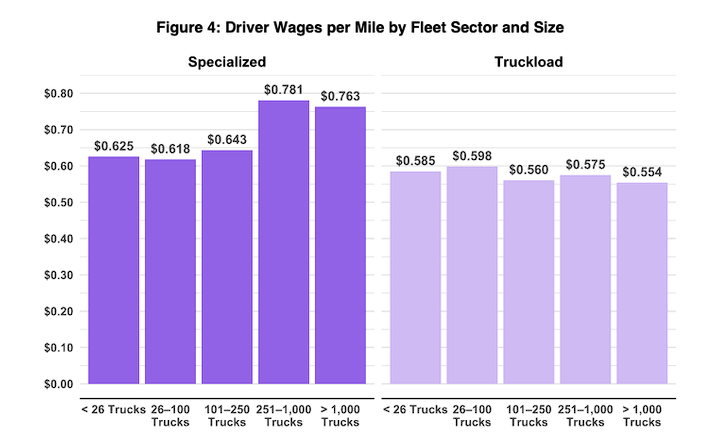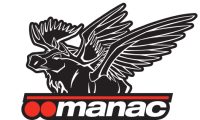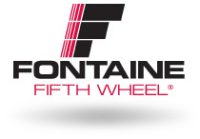
Operational Costs Edging Up Since 2020
It should come as a surprise to virtually no one in the trucking industry that operational costs have been on the rise since the start of the Covid-19 pandemic. Even as the virus and subsequent supply chain woes have started to fade, major changes to the way economies work have been underway for a while now. Online ordering, logistics changes and artificial intelligence in offshore routing have forced the trucking industry to make major changes, all while facing ongoing driver shortage woes and an uncertain outlook on fuel prices.
According to research by the American Transportation Research Institute, 2021 saw an increase of 12.7% in marginal operating costs in trucking. Fuel, maintenance and repair and wage increases were all driving forces behind this rise in costs. In per-hour numbers, the overall cost ended up being somewhere close to $74.65.
Fuel and Ongoing Energy Concerns
Aside from supply chain-related problems, rising fuel prices have led to big increases in costs; however, even when fuel is removed from the equation, operating costs still saw a per-mile increase of about $0.10 from 2020 to 2021. Part of the increase in fuel prices can be blamed on Russian involvement in Ukraine along with disruptions in energy availability in Europe, but inflation has also played into higher fuel prices.
Fleet Size Matters
In examining higher operating costs, fleet size plays a big part in the totals as well. In 2021, trucking companies with fleets comprised of fewer than 100 trucks actually ended up spending almost $0.05 per mile more than fleets consisting of greater than 100 trucks. Larger fleets also enjoyed smaller insurance premiums, but the overall cost of maintaining a larger fleet offset this advantage.
Driver Compensation Adds to Costs
Driver compensation has also featured prominently in the study of operating cost increases. In 2021, driver compensation rose around 10% from 2020 to average out to $0.809 per mile. To offset some of these costs, fleet managers have begun focusing on efficiency and waste reduction. Empty hauls have decreased by around 15% since 2020, and the average miles per gallon has increased by around 7%.







